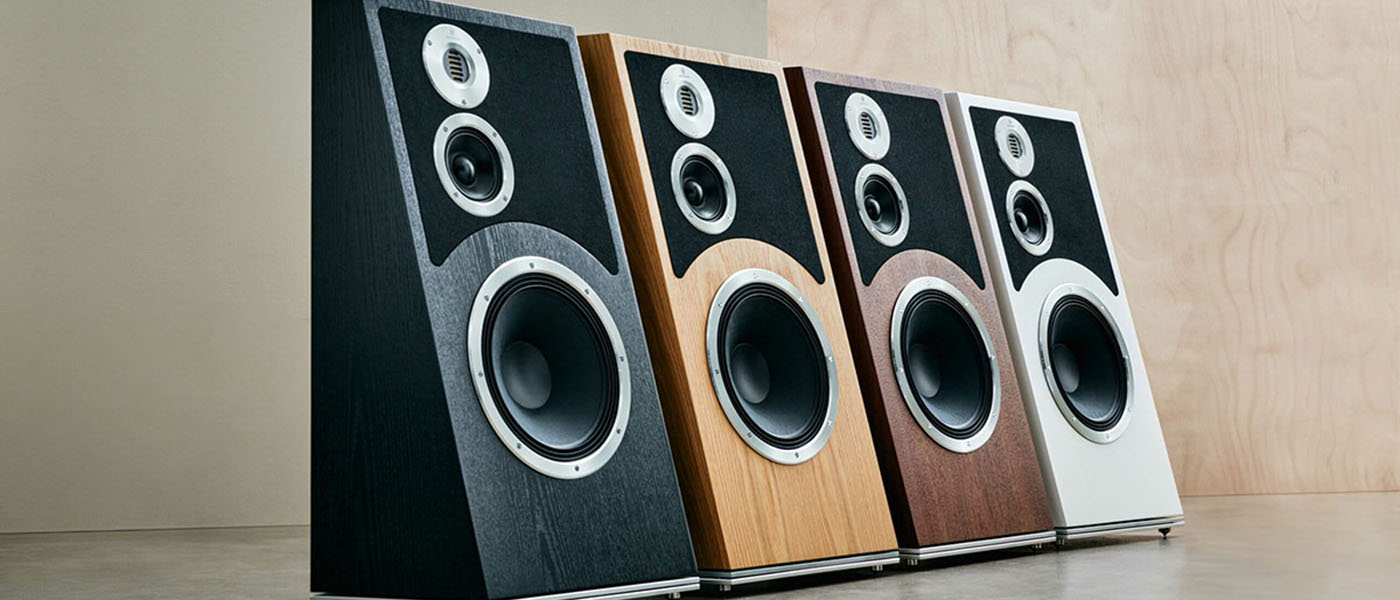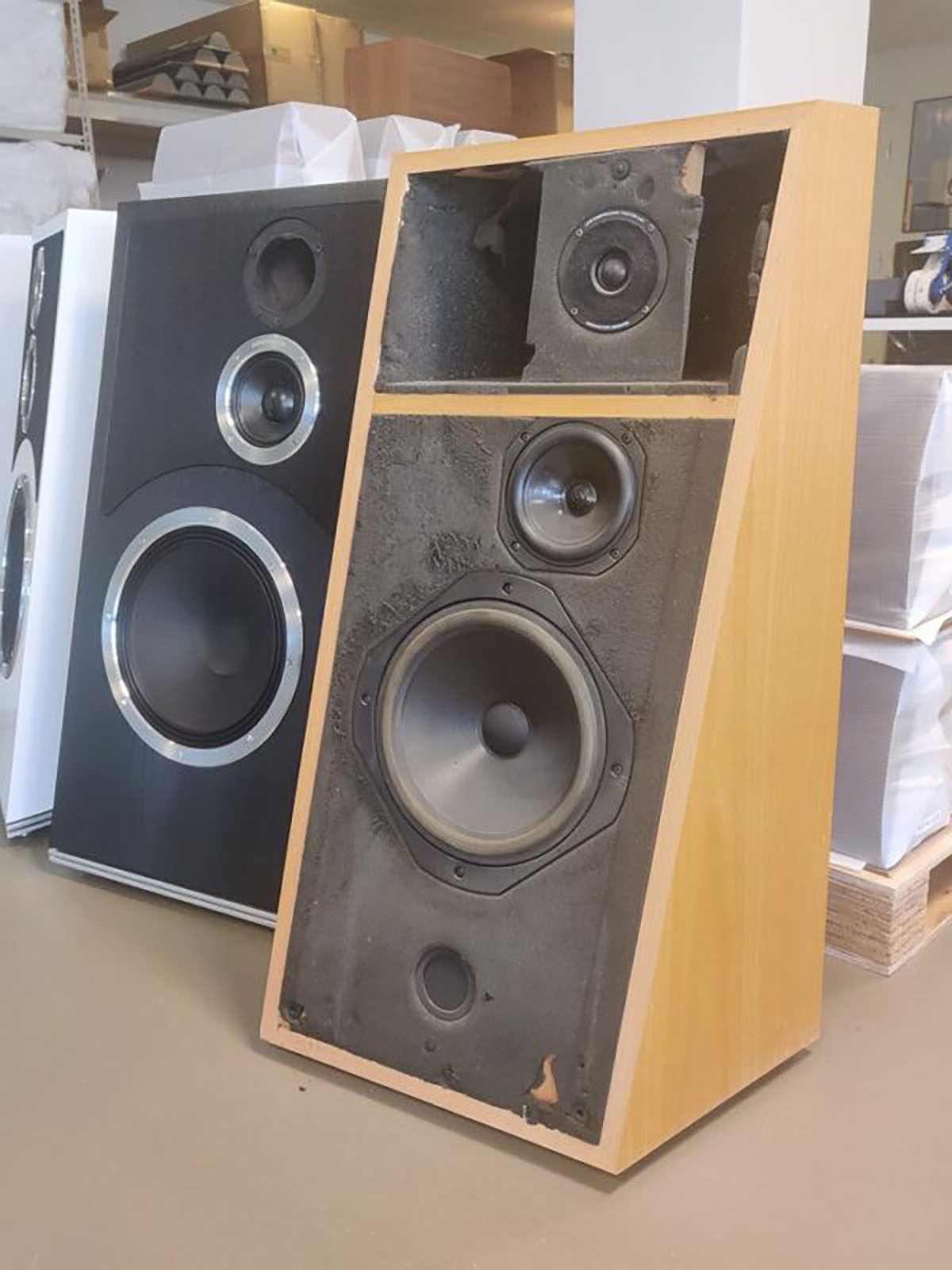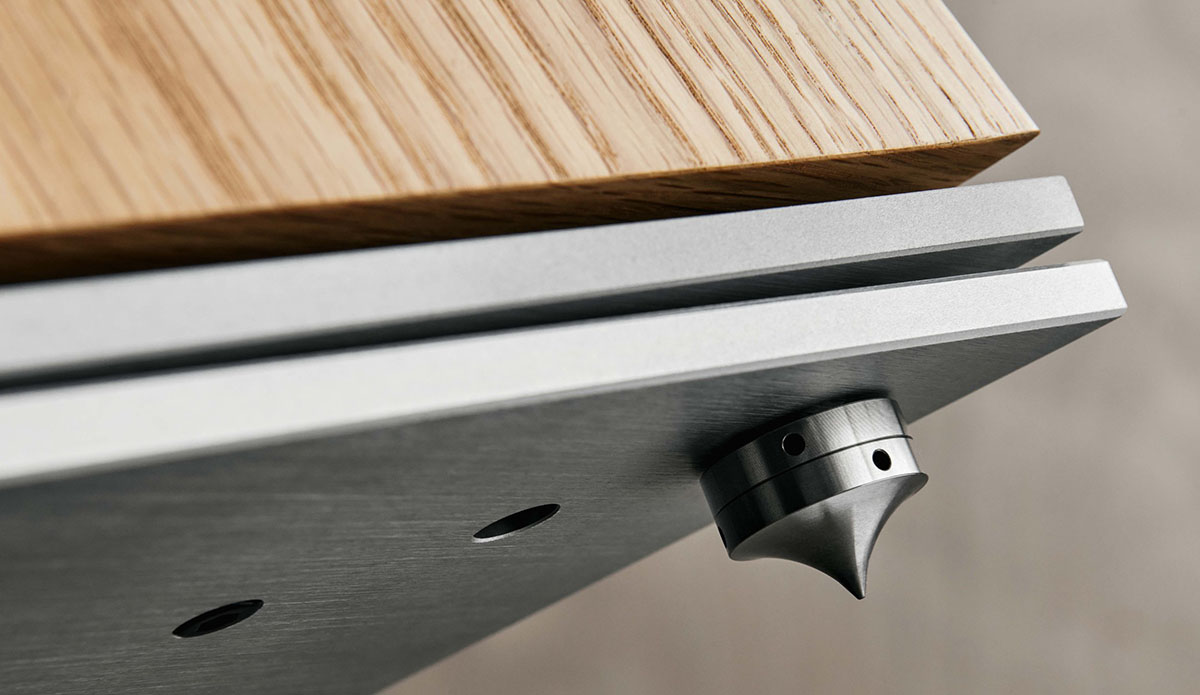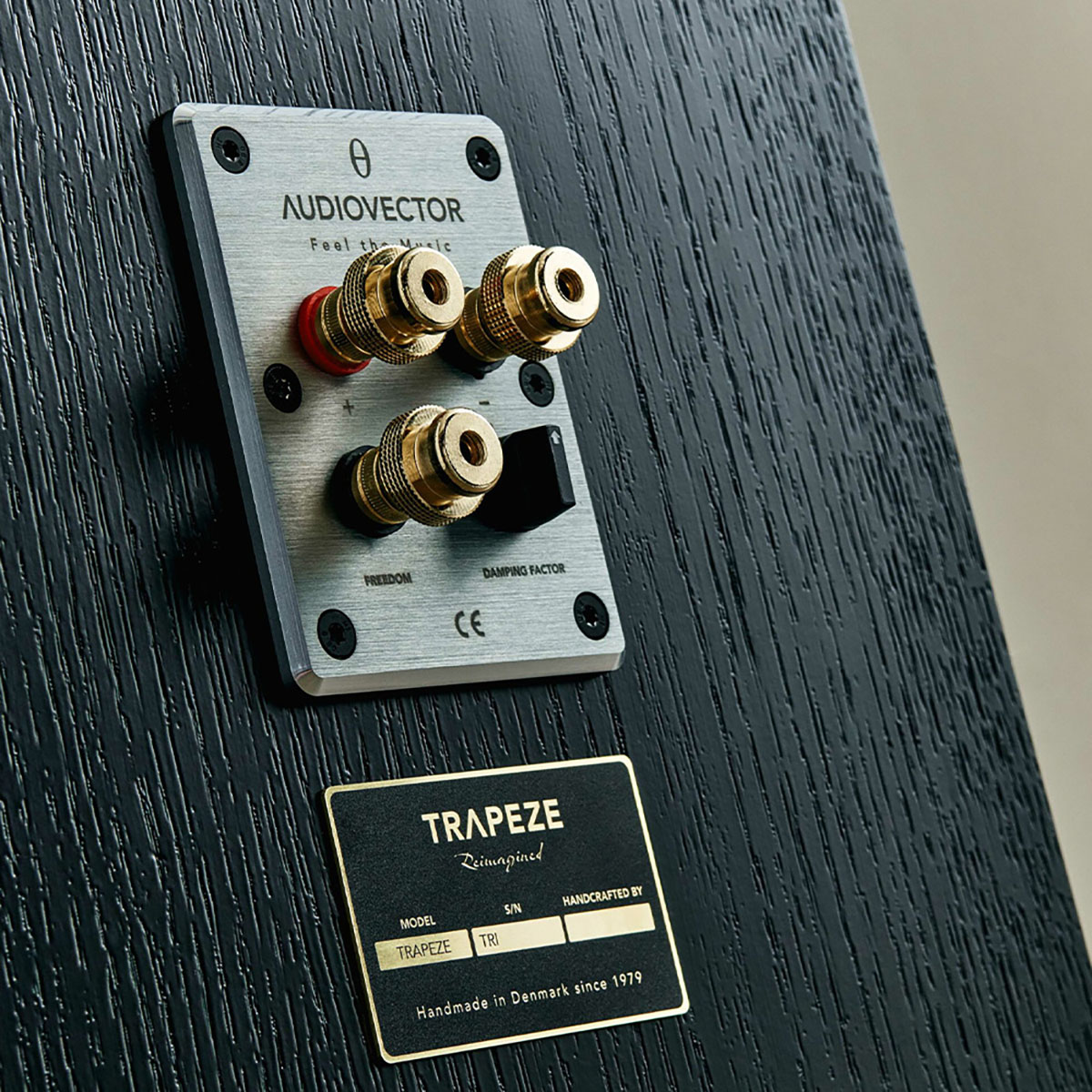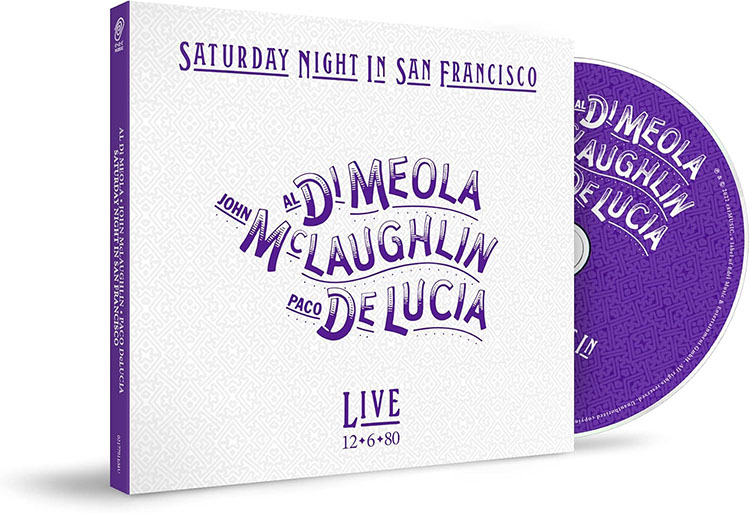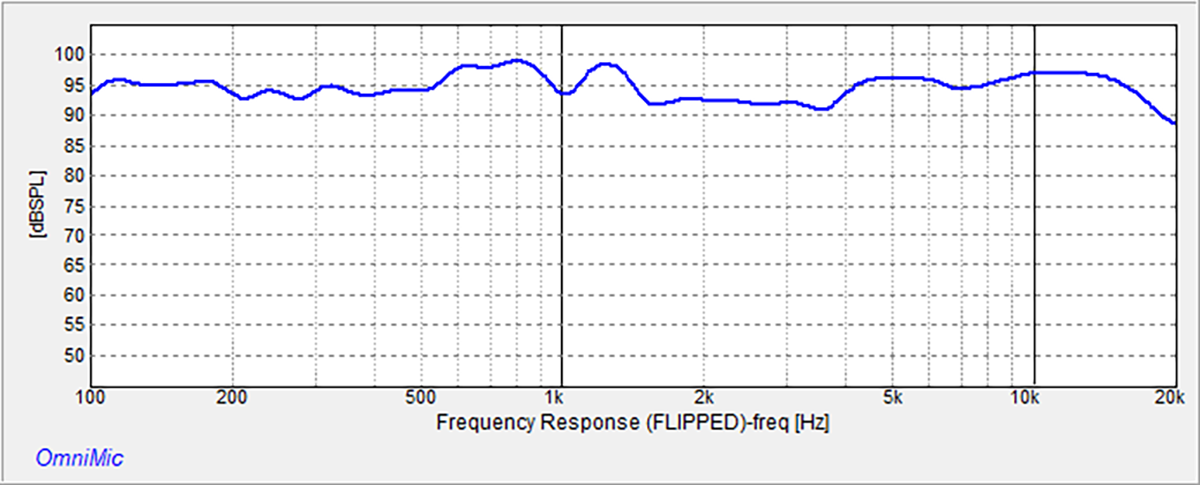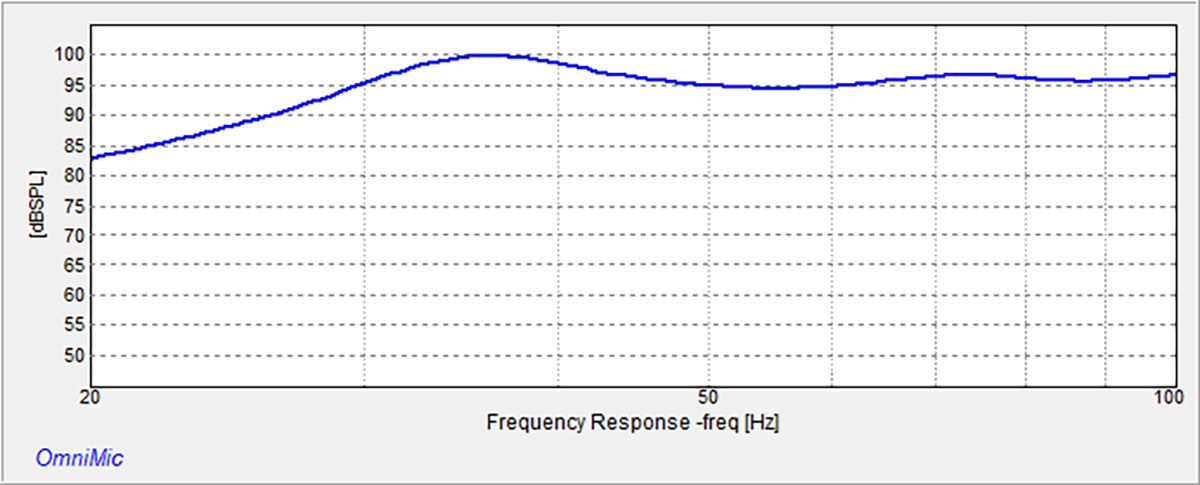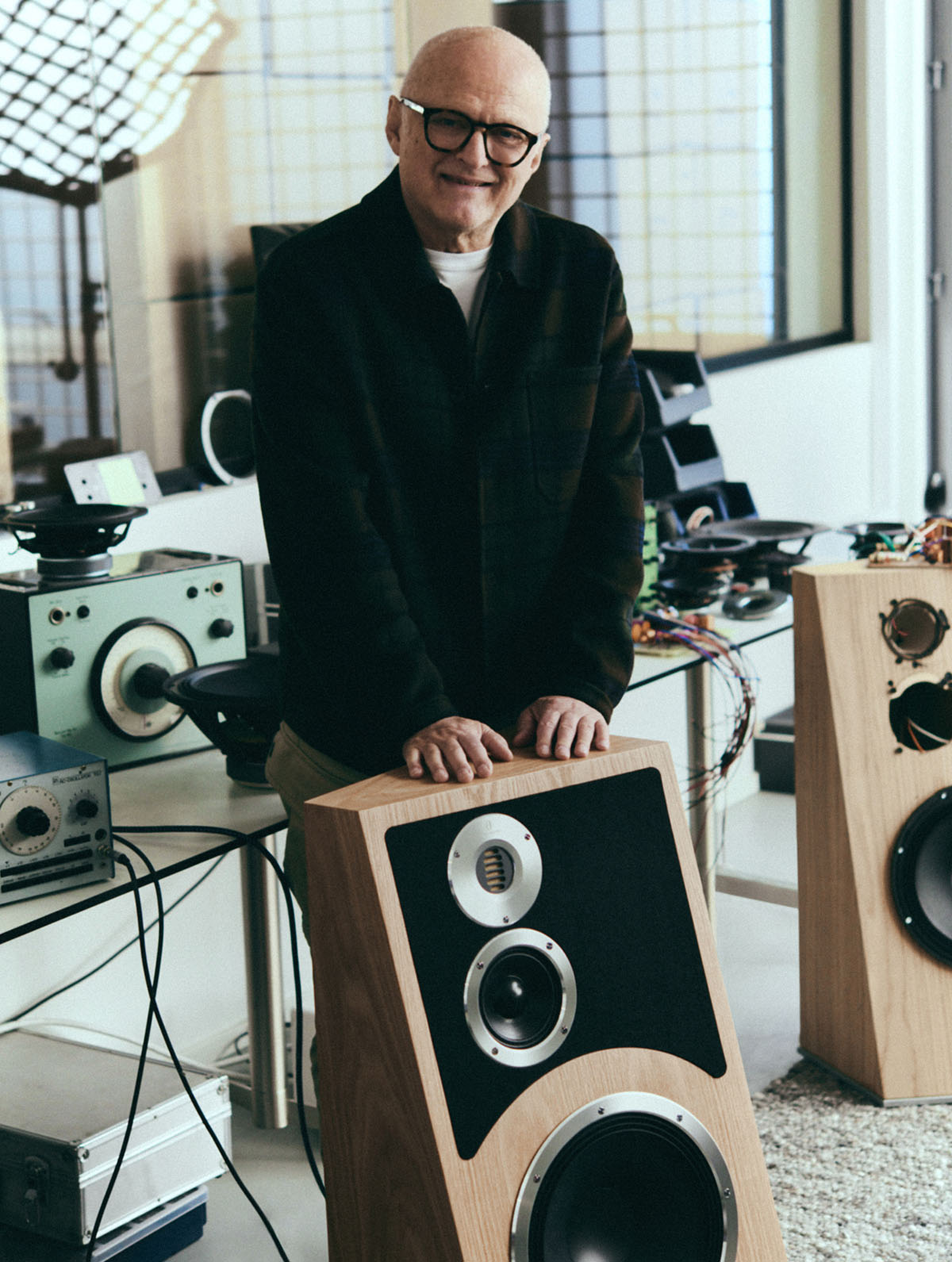This speaker was called the Trapeze, and its unique design with no parallel surfaces in its cabinet design put the company on the world map. During the four decades since its founding, Audiovector has built a widely respected loudspeaker brand, winning awards on every continent but Antarctica.
The original Trapeze is long gone (and missed), but under the direction of the current CEO, Mads Klifoth, Audiovector has introduced a thoroughly modern version dubbed the Trapeze RI. The ‘RI’ stands for Re-Imagined, and while this new speaker follows a similar build design for the look of the cabinet, it is a completely re-imagined speaker in every sense. It is designed to take on the finest speakers available at any price, while still being relatively affordable and fairly easy to drive.
Audiovector Trapeze RI Floor-standing Loudspeaker
- Uniquely angled cabinetry to eliminate internal standing waves.
- Combination of a 12-inch woofer on the front baffle and an 8-inch interior mounted woofer in an Isobaric system ported to the rear for deep bass.
- AMT (Air Motion Tweeter) based on the original design of Dr. Oscar Heil.
- 5-inch high-speed midrange.
- Linear Phase – 6 dB per octave crossover.
- Base comprised of a two-layer aluminum plinth with built-in decoupling via carbon steel ball bearings and Audiovector spikes.
- Rear port for the AMT to expand soundstage.
- Damping factor adjustment.
- Felt front baffle for diffraction control.
- Cryogenically treated tin flash/copper capacitors.
- Air-cooled metal housed resistors for bass and midrange.
- Four finishes including Silk White, Italian Walnut, Black Ash, and Nordic Oak
The year was 1980 and I was in my sophomore year at Penn State Erie. To help pay for my university expenses, I secured a part-time job selling what we would consider ‘mid-fi’ audio in today’s terminology. This job not only helped pay for my education at the university level, but it also provided an education in the real world which has remained throughout my life. The store was in Erie, Pennsylvania, and was called Transcendental Audio. I was all of 19 years old and while I was too young to appreciate it at the time, it was an amazing experience. Transcendental Audio had two locations, with the main store in Buffalo, New York (about a two-hour drive). On a trip to our Buffalo operation to pick up more equipment for our Erie operation in my van, I got the chance to hear the original Trapeze at a very high- end store called Stereo Chamber, which was about two miles away from Transcendental Audio.
This high-end store (both it and Transcendental Audio are no longer in business) and our store were not really competitors, as our high-end typically ended at gear like NAD, Yamaha, and Infinity, while theirs was much higher end. Bob Minnick, the founder and president of Transcendental Audio, would occasionally get some really high-end gear in for himself, and he had a friendly relationship with many other stereo stores. It’s sad to think how many of these shops that thrived from the late 60s until the early 80s are now just a memory.
Let’s get back to the original Trapeze audition. These beautiful, oddly shaped speakers were set up in a lovely two-channel system. The sales guys at Stereo Chamber were all in their 30s, and I think they expected this 19-year-old kid to ask for punk rock. When I asked if they had any Pink Floyd, smiles happened and soon we were wallowing in both Dark Side of the Moon and The Wall. To me, the Trapeze was a revelation. They cost as much as a year at university including room and board. They were an aural treat to behold! The sound stage, power, bass, and integration of all the instruments were unlike anything I had heard.
Jump forward 44 years, and our Editor-in-Chief, Carlo Lo Raso, mentioned to me in May 2024 that he had heard two speakers at the Munich show that really stood out to him for being incredibly good- sounding. One was the Amphion Krypton ($24,000 per pair), and the other was the Audiovector Trapeze RI ($20,700 with the Freedom Grounding Concept, $19,950 without). Carlo had already committed to getting the Amphions in for review and asked if I would be interested in the Trapeze RI.
I was working on several other reviews at the time, and I needed surgery, which led me to delay the possibility of the review. After listening to a pair of Trapeze RIs at the 2024 Capital Audiofest in November 2024, both Carlo and the director of sales at Audiovector, the effervescent Anthony Chiarella asked again about my interest in doing this review and the response was extremely positive. Both Mr. Lo Raso and Mr. Chiarella took it as the resounding YES that it truly was, and the arrangements were made.
FREQUENCY RESPONSE:
23-53 kHz
Average Impedance:
8 Ohms
Minimum Impedance:
6.5 Ohms at 20 kHz
Sensitivity:
88 dB SPL at 1m for 2.83Vrms input
Distortion:
<0.2% THD at 90 dB SPL
POWER HANDLING:
450 W
CROSSOVER FREQUENCIES:
500 and 3.000 Hz
Bass unit:
High Power 12-inch with 4” Voice coil on the front baffle.
Additional Bass Unit:
8-inch ‘Isobaric’ driver mounted internally to couple with 12-inch unit, ported to the rear of the speaker.
Mid Unit:
High resolution 5” Neodymium
HF UNIT:
3800 mm2 Audiovector SEC AMT
TERMINALS:
High Current Gold-plated copper/ brass binding posts for 4mm plugs or spades
Finishes:
Italian Walnut, White Silk, Nordic Oak or Black Ash
Dimensions cm (footprint) Height/Width/Depth:
87,5 x 42 x 43,5
Dimensions (inches) Height/Width/Depth:
34.5 x 16.5 x 17.1
Weight:
appx. 60 pounds
Price:
$19,950 USD plus optional $750 Freedom Grounding System
Website:
Company:
SECRETS Tags:
audiovector, trapeze, reimagined, audiophile, loudspeaker
Secrets Sponsor
The natural starting point in discussing the design of the Trapeze RI is the unusual cabinet. Let’s begin with the visual of the ‘new’ Trapeze: as wonderful as the many pictures of this speaker are, the look in person exceeds the pictures by an order of magnitude. What Audiovector calls a ‘lopsided cabinet’ in company literature is more a work of art. There are no visible seams, and the combination of high-density board, hand-fitted veneer, and aircraft-quality aluminum frames around the front baffle woofer, midrange, and AMT exude a work of quality that one needs to experience. At the Capital Audio Fest in Maryland in November 2024, Audiovector had two pairs of Trapeze RIs available, one in Nordic Oak and one in Italian Walnut. They were quite the hit at the show, with people stating they were unlike any speaker they had seen. As a jaded reviewer, even I had to agree with this assessment, and my very picky decorator wife fell in love at first site. She asked me to leave the grills off, as she loved the look of the drivers in all their glory. That was a first in over 35 years of speakers in our home!
The base of the Trapeze RI includes a two-layer aluminum plinth. It decouples the cabinet from the floor using carbon steel ball bearings between the two layers to control the transmission of residual resonances. The assembly is coupled to the floor via CNC machined spikes augmented with floor protection discs.
The front baffle has a natural toe-in thanks to the angled cabinet design, which also facilitates a time-corrected alignment for the three drivers on the front baffle: the acoustic center of the 12-inch woofer, five-inch midrange, and AMT tweeter are in alignment. The area around the midrange and tweeter is covered by a thick felt pad, which tames the diffraction effect one would see, and hear, with lesser designs that don’t attend to this level of detail.
The crossover is the hidden hero of the Trapeze RI, with its 6 dB per octave slope which also keeps a positive polarity on the three drive units. This allows the drivers to act almost as a point source while the size and power handling of the three drivers act in concert to bring the thunder when needed. The mechanics of the crossover include double cryogenically treated capacitors that combine polypropylene dielectrics with a tin-flashed copper foil. Distortion-optimized copper coils are produced to what Audiovector states are rigorous standards. An array of film resistors is employed in contrast to the reactive wire wound resistors found in most loudspeakers. Audiovector’s own X Duelund bypass capacitor is added to “preserve the highest and most delicate frequencies, which we do not hear directly but rather as a part of the signal.”
The final crossover function is the optional $750 Freedom Grounding Concept. According to Audiovector: “Audiovector Freedom is a new and revolutionary grounding technology designed to address the movement-induced distortion of and between the drive units in a loudspeaker. The currents running between the chassis are processed and managed by a new separate crossover, which routes the signal to the ground terminal of your wall socket or your grounded mains distribution unit. Contrary to conventional knowledge, these currents cause coloration and distortion between the drive units. By balancing and sending them through a dedicated separate filter, and by offering the possibility of connecting the speakers to earth/ground, we achieve a clean, very accurate, and significantly more realistic sound with a low noise floor.”
Don’t let that rather technical explanation deter you. All one needs to do is plug one end into an electrical outlet (in our case, it was a Clarus Cables Duet), and the other two connectors are each plugged into a dedicated input just beneath the speaker connectors on the rear of the speaker. It’s that simple.
The final pieces of the design puzzle are excellent speaker inputs, which accept both spade and banana plugs (along with bare wire up to 10 gauge), and a unique Flexible Damping Feature, a three-way switch for the following:
● Position 1: For transistor amplifiers with medium damping factor.
● Position 2: For high-power transistor amps with a high damping factor.
● Position 3: For tube amps with a low damping factor
The design of the Audiovector Trapeze RI speaks to exceptional quality at every level. It is a luxury product that looks the part while housing a great deal of technology in a relatively compact package.
The Audiovector Trapeze RI speakers arrived via freight truck in a custom-designed shipping container with its own wheels. The container itself is enough of a work of art that I am ‘re-imagining’ it as a table for my man-cave detached garage, cigar lounge, and golf practice area. The speakers are placed almost as one would a pair of shoes in the container, with the angles working together to make the pair appear as a monolith.
Once unboxed, they were placed in our high-end room (a dedicated listening room for two-channel audio), placed about four meters from the listener and about 3.5 meters apart. The rear baffle was 30 inches from the back wall, with the rear baffle parallel to that wall. The natural toe-in from the cabinet design was all that was required for the finishing touch concerning physical placement.
For components, we used a variety of different setups to explore the talents of the Trapeze RIs with several amps along with two separate sources.
The components used were as follows:
Sources: TEAC VRDS-701T CD transport and TEAC UD-701N pre-amp and DAC or Yamaha CD-2100S CD/SACD player with built-in DAC
Pre-amps: TEAC UD-701N and Michi P-5
Amplifiers: Audia Flight FLS-9, McIntosh MC-303, Michi S-5 and Rogers High Fidelity KW-88 Class A tube amplifier
Power Source: Clarus Cables Concerto and Clarus Cables Duet
Interconnects: Clarus Cable Aqua
Speaker Cables: Clarus Cable Aqua
Once the setup was done, a bit of casual listening was next, then the system was broken in using the sine wave sweeps from the Dayton Audio OmniMic system set to repeat for 200 hours to make sure everything was loose and ready.
We will start this section with a spoiler alert. After almost two months of living together with ample time to break in the Trapeze RI followed by some enjoyable listening, it became apparent that these speakers warranted extra attention. Put simply, the Audiovector Trapeze RI speakers are talented, versatile performers which will work well with a variety of amplifiers. All solid-state amps were auditioned with the damping factor set at position 1, while the Rogers High Fidelity tube amp was auditioned at position 3. For listening purposes, I selected different tracks for each of the four amplifiers which are part of my reference system. The amplification systems consisted of the following:
- TEAC UD-701N + McIntosh MC-303
- Audia Flight FLS-9 Integrated Amplifier
- Michi P5 and Michi S5
- Michi P5 and Rogers High Fidelity KW-88 Tube Amplifier
System 1: TEAC UD 701N / TEAC VRDS-701T CD Transport and McIntosh MC-303
Al DiMeola-John McLaughlin-Paco Deluca ‘Saturday Night in San Francisco’
The night after the revered ‘Friday Night in San Francisco’ was recorded (and later released in 1981) the trio played again, with the master tapes in storage for over four decades. DiMeola went to great lengths to have these master tapes restored, and this 16-track recording of three guitar legends was released in 2022.
‘Saturday Night in San Francisco’ is all about putting each of these artist’s talents on display, and the requirements of an audio system to bring the musicians to life are considerable. Calling this collection ‘jazz fusion’ feels like an understatement. What comes across is three musicians pushing each other to ever greater heights of powerful mastering of each one’s acoustic guitars in a manner that the 50 minutes of this collection meld together with countless instances in which the listener is hit with dozens of ‘did he just do that?’ moments.
The Trapeze RI pair relished the role of putting all three performers into one’s room. The Flamenco influence that Paco Deluca brought is welcomed by all three performers, and the lightning-fast fingers of all three will leave most speakers gasping for air. The Trapeze RI handled all 50 minutes with the clarity of a pair of Quad Electrostatics combined with the power of a pair of larger JBL towers. Each note was distinct, with instant engagement followed by a natural disengaging in a rapid-fire series of sequences that showcased the engineering that went into the five-inch midrange driver.
The Trapeze RIs were off to a rousing start. Let’s test for some other attributes.
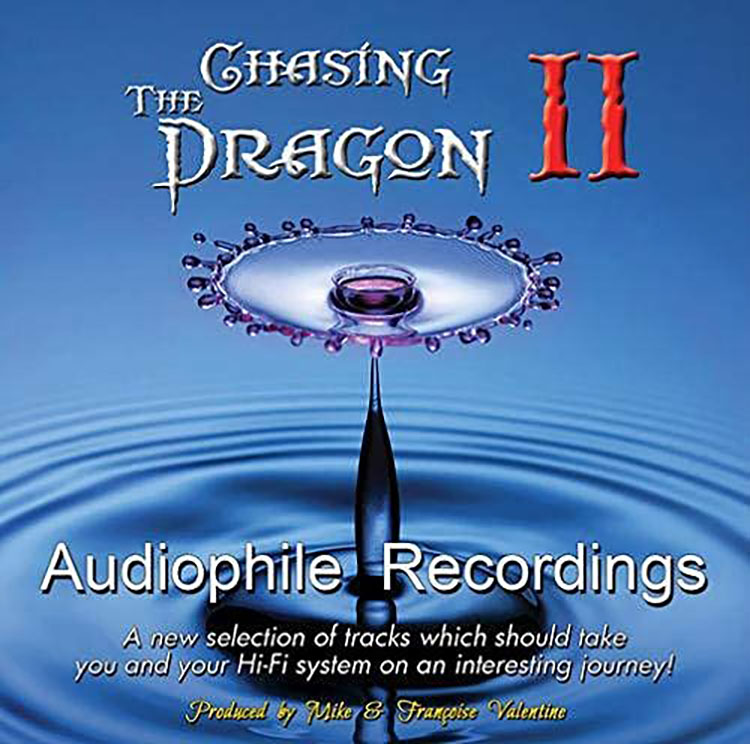
Various Artists, “Chasing the Dragon II Audiophile Recordings”
Chasing the Dragon II is a wonderful collection of 17 audiophile-level tracks across a wide array of music styles, and was conceived as a listening test for any high-end, two-channel system. The Trapeze RIs were challenged by the Dragon, and they excelled at bringing all 17 tracks to life.
Several tracks stood out and are worthy of sharing some details. The first was The Drum Solo Improvisation, a close-mic’d treat that allowed the Trapeze RI to show off Audiovector’s claim regarding how the 12-inch baffle mounted and eight-inch internally mounted woofers teamed up to give both depth and power to the bass regions. This drum solo was impressive in its delineation of the Tom drums, but it really was the Bass drum that stole the show. The woofers gave us just the right amount of in-your-chest kick while remaining tuneful and agile. This is not an easy task for a speaker to perform, and the Trapeze brought it all with toe-tapping ease.
The next track of note was the ‘Toccata and Fugue in D minor’ church organ. From the deepest tones through to the highest notes, the Audiovector floor standers were so authentic that I started confessing to things I hadn’t even done! Full range is something we all want to experience from our system, and these modest-sized speakers were not only giving us full range, but they were also doing it with ease.
The final track that inspired enough to be included for special mention was ‘Mozart’s Symphony No. 29 in A Major.’ This piece features a full orchestra in all its glory, and the Trapeze RIs delivered a believable sound stage of width and depth while preserving the most delicate notes with absolute clarity. The cello stood out in its pure accuracy which many speakers will lose. It was a tremendous presentation, and we were rewarded with a natural, musical tribute to both a fine performance and loudspeaker.
System 2: Audia Flight FLS-9 Integrated Amp and TEAC VRDS-701T CD Transport (using the optional coax digital input in Audia Flight amp)

Johnny Cash, “Greatest Assorted Hits”
Three songs in particular from Mr. Cash were selected: ‘Folsom Prison Blues’ and ‘I Walk the Line’ from his greatest hits album and ‘The First Time Ever I Saw Your Face’ from American IV: The Man Comes Around.
Folsom Prison Blues has a younger Johnny Cash voice when he could hit the high notes while also being able to get into baritone territory. It’s a raucous song with lots of drive, and all his masculine energy is delivered was authority and accuracy. The guitar work is exemplary through the Audia Flight amp and Trapeze speakers, the bass is just right, and one feels the energy of the crowd.
We then get a little older Johnny for ‘I Walk the Line,’ which is primarily Mr. Cash crooning with a nice bass line laying the melody. His voice is now deeper, and all too many speakers add a bit of chestiness when trying to convey his emotional pledge to the love of his life. The Trapeze RI’s 12-inch woofer had no such issues. Johnny was deep, and palpable while being totally transparent through these speakers.
The third track, ‘The First Time Ever I Saw Your Face,’ while not written by Cash, was sung as a tribute to June Carter Cash after decades of marriage. His voice was now squarely into bass territory, and it is as emotional a rendering of this song as one will ever experience. There is some organ in the background, but this is close to a cappella. The power and depth with which the Audiovectors brought this song into the room was remarkable. One could almost see the man being close to tears as he remembered three decades together with his wife.
As a side note to this amplifier from Audia Flight: it is a $9,000 integrated amp as delivered with the optional DAC, and it easily matched the more expensive McIntosh amp in sheer power. Look for a review of the Audia Flight FLS-9 in the near future.
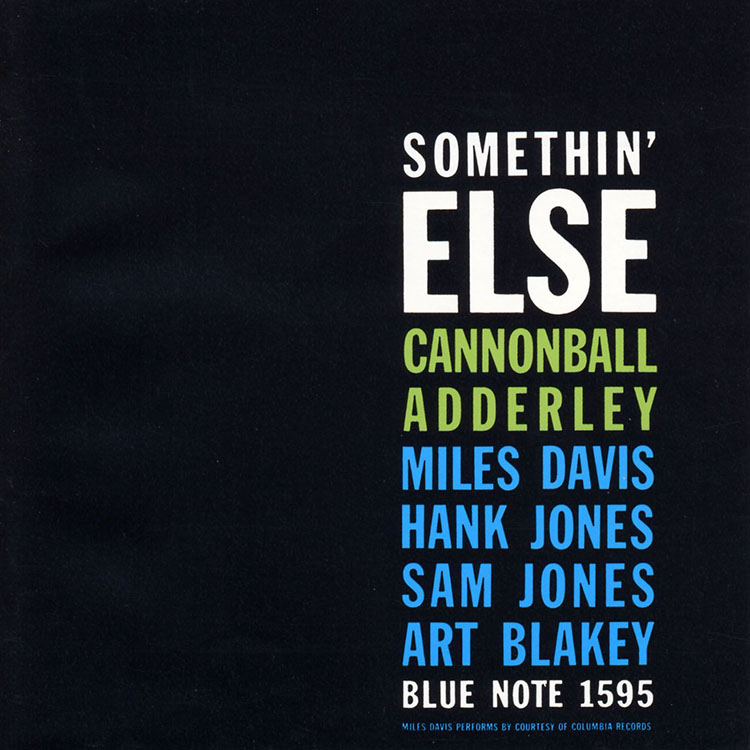
Julian ‘Cannonball’ Adderley, “Somethin’ Else”
This original master recording of Adderley’s 1958 performance is a jazz lover’s feast. Featuring Cannonball Adderley on alto saxophone, Miles Davis on trumpet, Hank Jones on piano, Sam Jones on Bass, and Art Blakely on drums, Somethin’ Else’ is a CD that lives up to its name. It is 44 minutes of some of the finest music one will ever experience, and even non-jazz enthusiasts tend to enjoy the performance.
Baked into the recording we have Davis and Adderley firmly featured on the right side of the stage, tickling our fancies with incredibly well-timed saxophone and trumpet sections. Hank Jones’s piano is center stage, and the duo of Sam Jones and Art Blakely bring the bass and percussion to the left side of the stage.
Each instrument is brought to life with exceptional clarity and tuneful timing by the Trapeze RIs. Davis’s trumpet has the appropriate bite when needed while his ability to play softly in the background is also preserved with a palpable presence that is the hallmark of an ultra-high-end speaker. Adderley’s alto sax is equally well presented, and the amazing symbiotic relationship between these two giants is nothing short of spectacular throughout the entirety of the disc.
On stage left, be prepared for the Audiovectors to be equally deft at giving us a live feel from the bass and drum sections. Blakely does not try to overwhelm with power but instead teases the listener with soft brushes and rapid taps on skins and rims. The bass is handled with authenticity and tuneful depth, allowing the timing of Jones and Blakely to be showcased equally as well as the right speaker did for the brass.
Hank Jones and his piano bring the performers together, and this 67-year-old recording combined with the Audiovector Trapeze RIs will get close to putting all five jazz geniuses into one’s room. The bass is never boomy nor bloated. It is natural and believable. By the third song (the title song ‘Somethin’ Else’), I was no longer reviewing. I was smiling and toe-tapping to real music. Halfway through the different amplifier samples, it was quite clear the Trapeze RIs were far more than nostalgia speakers. They were music makers with state-of-the-art abilities.
System 3: TEAC VRDS-701T CD Transport and Michi P5/Michi S5

The Bassface Swing Trio, “Bossa, Ballads and Blues”
This DSD collection of eight songs is a treat for jazz (with a healthy dose of Latin) fans. The disc is only 35 minutes long and will leave the listener wanting more. ‘Bassface’ features Thilo Wagner on piano Jean- Philippe Wadle on upright bass and Florian Hermann on drums with an assist from Bruno Muller on guitar.
It is quite detailed and well-layered in terms of the players and is a disc that tests the micro-dynamics of one’s stereo system. The Trapeze RIs are more than up for the task at hand. Of particular note is how well-delineated the stand-up bass is. One is treated to bass with a ‘just right’ combination of weight, agility, and extension. Audiovector expresses a great deal of pride in their isobaric configuration for the eight and twelve-inch drivers which work in articulate harmony on this entire disc.
The soft drum work is in perfect timing with the stand-up bass, and the Trapeze RIs relish the opportunity to show off their talents by delivering accurate brush strokes and the sound of sticks on skins with such clarity that one starts to wonder if there is even a crossover network present. The cohesion is that good.
The piano is not to be left out, as each note is delivered almost perfectly, with the weight of the individual keys being struck evident without a hint of strain. The Trapeze RI is a speaker of many talents, and now it is time to challenge its dynamics.
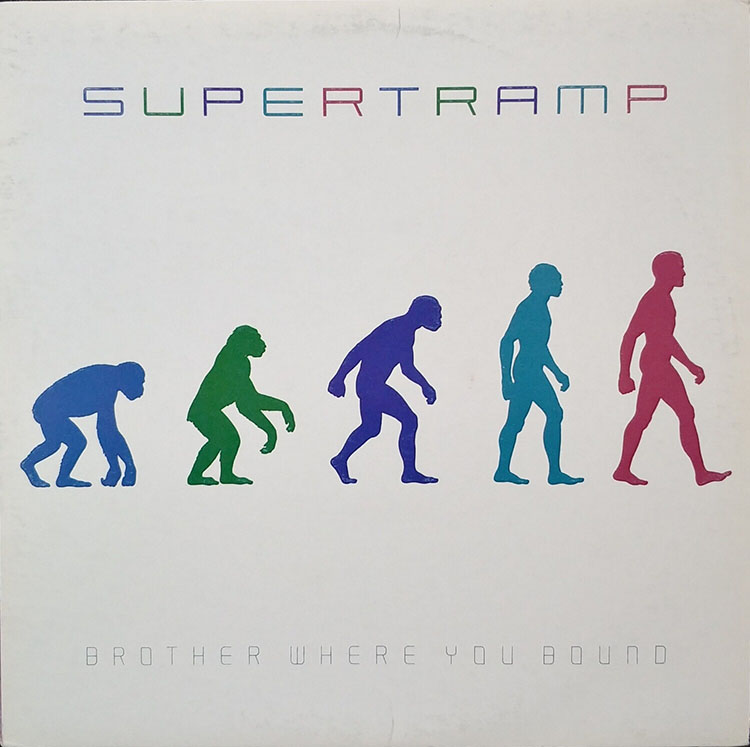
Supertramp, “Brother, Where You Bound?”
Released in 1985, ‘Brother, Where You Bound’ is part political statement, all rock anthem material. It is also a disc that can challenge the macro-dynamics of any audio system. We concentrated on two tracks for this session: ‘Better Days’ and the title track, ‘Brother, Where You Bound.’
These two tracks recall the old ‘Spinal Tap’ joke: can this system go to 11? It’s time to find out if the Audiovector Trapeze RIs, which have prospered on the previous five discs and their need for transparency, can also deliver a proper rock concert.
‘Better Days’ opens with an enthusiastically driven piano solo that increases power with some sinister synthesizer while building to an early crescendo while adding powerful drums into the mix. It then goes quiet for a few seconds only to get the body of the song rolling with thunderous bass drums, intense snare, and toms, and the piano re-engaging with hard strikes on each key. This is not the stuff for a wimpy speaker. Our heroes, the Trapeze RIs, just smile and deliver high SPL levels with cohesion from the deepest bass to the highest piano notes. Rick Davies’ haunting vocals (with a large dose of reverb mixed in) are as good as it gets from the 12-inch woofer and ultra-fast five-inch midrange.
‘Brother, Where You Bound’ is even more menacing than is ‘Better Days.’ Opening with a 1950s- sounding montage straight from the book 1984, one feels almost as if this could be the start of a movie about the perils of Communism. As with ‘Better Days,’ the piano leads us into the main body of this 16.5-minute manifesto. Davie’s vocals are again brought out with the reverb intact, while the drum work is intense, and the guitars soar to exceptionally high notes. ‘Brother’ is an absolute air-drummer’s paradise with that kick drum hitting into the low 30 Hz range. The Trapeze RIs bring the thunder with aplomb, leaving all that soft jazz from earlier in the review in the dust. This Audiovector speaker will confound a lot of people. A large, beefy speaker sporting a 70’s look three-way design with a 12-inch, port-aligned woofer, five-inch midrange, and an air motion tweeter handling every kind of music that we can throw at it? Let’s finish this challenge with one final disc and a tube amplifier.
System 4: TEAC VRDS-701T CD Transport and Michi P5/Rogers High Fidelity KW-88 Integrated Amplifier (used as a power amp)
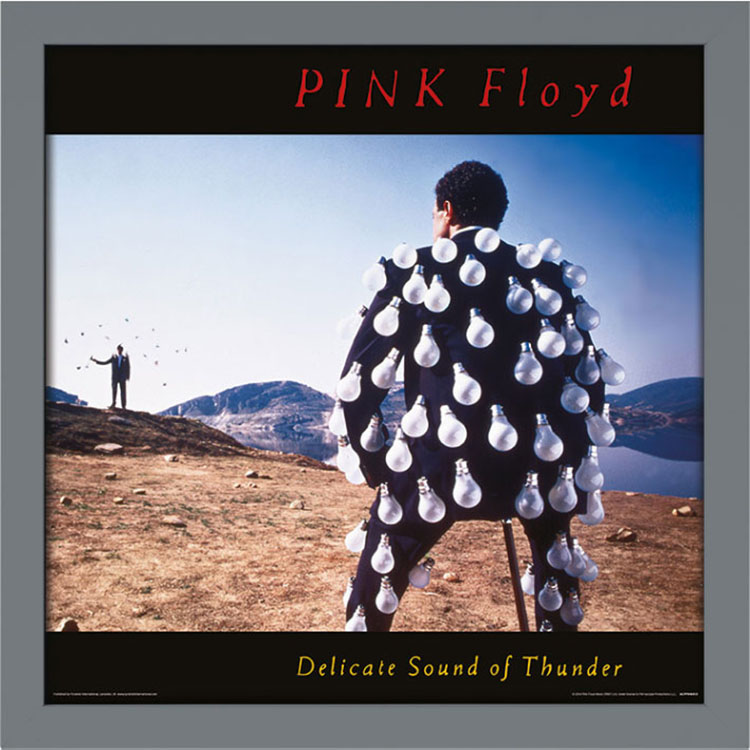
Pink Floyd, “Delicate Sound of Thunder (2 CD reissue from master tape)”
‘Delicate Sound of Thunder’ felt like the perfect final piece of listening through the Trapeze RIs with the 100 WPC (8 ohms @ 1% THD) Rogers High Fidelity all-tube amplifier which operates in Class A. We combined three classics: classic rock, amp, and speakers for a virtuoso performance.
‘DSOT’ starts with ‘Shine on You Crazy Diamond,’ and when the guitar from heaven opens with its world-famous wall of greatness, the Rogers amp and Audiovector speakers announce a perfect marriage. Even to most stoic of listeners will be playing air guitar.
We roll into ‘Learning to Fly’ with its tuneful (and possibly even danceable) bass lead into the haunting vocals and the Trapeze RIs again smack down the bass with a tightness and pace that will make a fan out of the most ardent rock music avoider.
While every track is incredibly listenable, it is disc two that really brings home the applause. ‘Time’ presents a huge panoramic view of multiple chimes going across the stage and up to the sky, and the Trapeze RIs provide a believable 3D aural rendering of this time-honored 30-second of rock history.
The soaring female vocals in ‘Great Gig in the Sky’ had me leaning forward in my seat only to have the solemn and deep transition into ‘Wish You Were Here’ cause me to wonder if any combination of amp and speaker could deliver more authentic bass with emotional vocals.
‘Welcome to the Machine’ is as menacing as one could ask and ‘Money’ allows Gilmour to shower us with guitar greatness. The entire experience was so well done that it’s hard to believe it was more than two hours of concert. This is an amp and speaker combination that just plain does everything almost perfectly. ‘Almost’ is added because perfection is, by definition, impossible.
By now, as you are still reading this, it’s safe to say that Audiovector has knocked it out of the proverbial park with the Trapeze RI floor-standing loudspeakers.
Two response curves and a glimpse at what we heard based on these curves.
In discussions with Anthony Chiarella, the exceptionally personable director of sales and marketing for Audiovector in the USA, he explained that a lot of effort went into designing the Trapeze RI as a loudspeaker which would be linear from 25 Hz up to and beyond 20,000 Hz. It was also important that the speaker in question accomplish this in a real listening room as well as in an anechoic setting. This range will cover (in the bass range) well over 99 percent of what any of us will experience in listening to music. For example, the lowest note on a standard grand piano is 27.5 Hz. How close did Audiovector get to achieving this standard in our listening room?
The first graph covers the 7.5 octaves from 100 to 20,000 Hz. At a quite loud 95 dB sine wave sweep (at the four-meter listening position), we saw a response of +/- 4 dB without the use of any room correction systems. This real-world graph demonstrates the well-crafted linearity and matches the results of the listening tests with these relatively compact floor-standing speakers.
The second graph covers the two plus octaves from 100 Hz to 20 Hz and was taken at the same 95 dB. Outside a 5 dB shallow rise due to room gain in the 30-40 Hz range, the response was within a 1 dB window from 100 Hz down to just below 30 Hz, with the -6 dB point being met at 24.8 Hz. The more important facet of this is the speakers can hit this point while delivering high SPL. The listening experiences again match up to the response curve. For most listeners and music, there will be no need for a subwoofer with these speakers. For pure fun, I tried a couple of additional bass tracks on the Trapeze RI pair: ‘Flight of the Cosmic Hippo’ from ‘Extended Dynamic Experience 4’ and ‘Cousin Dupre’ from Steely Dan’s ‘2 Against Nature’ CD. Both had me wallowing in deep, rich, powerful bass with no apparent strain at even levels that shook the one framed-in wall in our basement listening room.
The Audiovector Trapeze RIs are quite a full-range loudspeaker.
Secrets Sponsor
The Audiovector Trapeze RIs are a special loudspeaker that not only plays beautiful music but is also a visual treat that may well be an end-game speaker for many music lovers.
- Exceptional mid-range performance
- Extended and detailed highs with the AMT® tweeter
- Outstanding bass that is deep and tight
- Beautiful cabinet finishes
- Dual plinth aluminum base plate with carbon steel bearings for room decoupling
- Adjustable damping factor for solid state and tube amps
- The crossover that disappears and delivers music with the Freedom Grounding circuit
- The large speaker presence with electrostatic speaker clarity
- How Audiovector made lopsided cool better than anyone but Picasso
- Let’s not get greedy
Audiovector could have had a hit on their hands based on nostalgia alone with the Trapeze RI. Instead, they made a speaker that combines an ever-so-hard-to-describe visual appeal with close-to-the-edge-of-the-art sound.
Audiovector’s USA sales team made quite a splash at the 2024 Capital Audio Fest in Rockville, Maryland (November 2024). They did so by putting a pair of the Trapeze RIs into one of the ballroom-sized venues at the Rockville Hilton in an event in which we normally see loudspeakers in the price range of the Trapeze RIs in ‘normal rooms’ with the six-figure speakers being featured in the ballrooms.
During the three days at the event, I overheard a lot of consumers raving about those ‘odd speakers on the main floor.’ The Trapeze RIs were rocking the house with any music tossed at them, and it was possibly the most fun room at the event. The fact that the team members from Audiovector were collectively adorned in 80s style (with one even sporting a mullet) helped with the fun factor.
Mr. Chiarella, after some discussion, arranged for the review sample to be sent to me for a shakedown. Personally, this was a top-tier review, in terms of the sheer fun of putting it all together.
The Audiovector Trapeze RIs are exactly what this industry needs. They are an exceptional product that does not take itself too seriously. That does not mean they are not a serious product. Give them 100 watts of good power or more, and they will reward you with exceptional detail, power, bass extension, and that ever-so-elusive ‘musical’ quality that a homogenous design can deliver. Audiovector calls this new Trapeze ‘Re-Imagined.’ I think we can safely add ‘Re-Inspired’ to the name, as they inspired this reviewer to not only add more music to his CD collection, but they inspired a desire to purchase the review pair. Anthony Chiarella took my purchase request to the ownership of the company. With the approval of both Ole and Mads Klifoth the Audiovector Trapeze RIs are now a part of my reference system!



